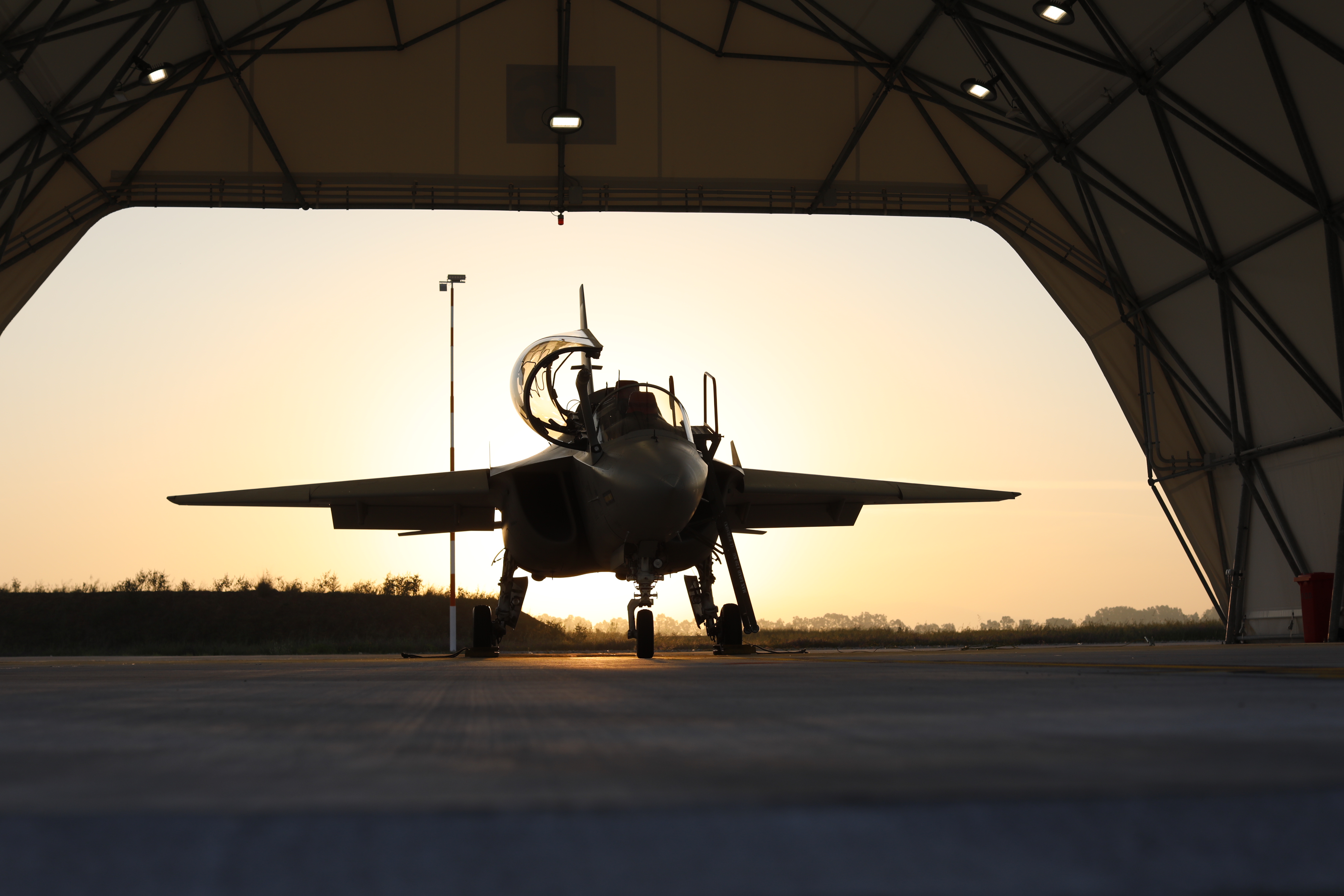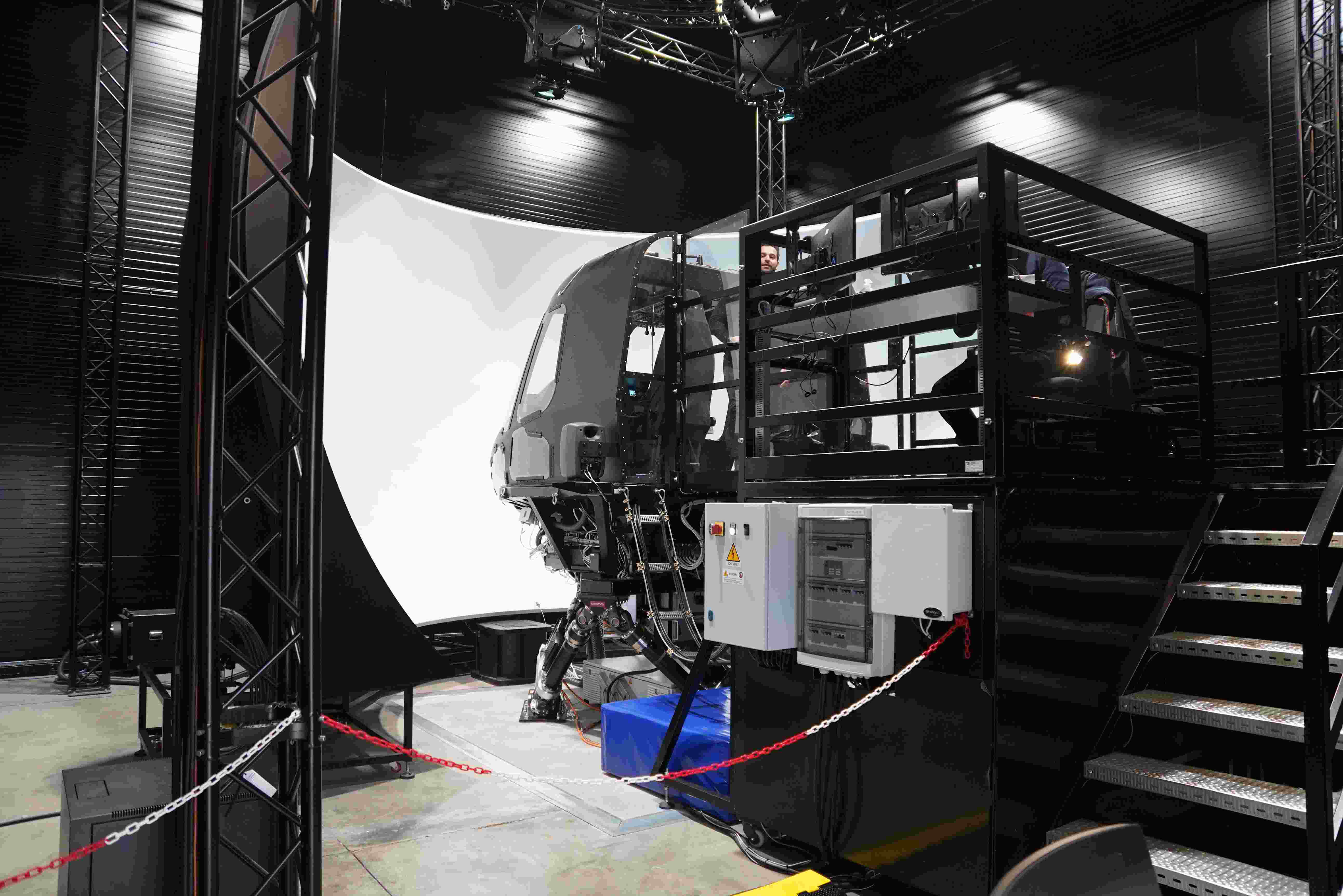The progressive development of digital technologies has increased the amount of data and information available to us, enabling people to expand their knowledge and establish more and faster connections with the world around them. This change also affects businesses, particularly those that can extract value from data to exploit its full potential.
Leonardo has embarked on this path by developing innovative digital solutions in simulation, training and related services. The company has longstanding experience in this field, which has evolved over time with the development of simulators increasingly focused on the new dimension of virtual and augmented reality.
How the sector is evolving
Training requirements are increasingly shifting towards the extensive use of Virtual & Constructive simulation complemented by traditional live training systems. This supports not just environmental and economic sustainability but also embraces the increased training effectiveness offered by new technological solutions. Live training alone cannot prepare operational personnel to deal with complex situations in extreme conditions. There is therefore a growing requirement for simulated, multi-domain (land, naval, air, space and cyber) inter-force scenarios that also involve non-cooperating or hostile elements.
Besides increasing operators’ skill levels and the range of scenarios for which they can be trained, using flight simulators reduces live flying hours, positively impacting costs and environmental and noise pollution. Virtual and augmented reality technologies, combined with artificial intelligence, are also used for maintenance and predictive maintenance, helping to prevent and identify faults and inefficiencies.

Training, therefore, is a strategic sector for Leonardo, in line with ever-increasing and more advanced market demands. By leveraging the new technologies available, the company has created numerous training paths to increase or update the skills of its in-house professionals and of those operating its systems, solutions and technologies. In the rotary-wing sector, the company has developed a network of Training Academies (Italy, UK, USA, Poland, Malaysia) to train pilots, maintenance technicians and rear crew; it has established the Cyber & Security Academy and the Electronic Warfare Academy for cybersecurity and electronic systems professionals; and it has also created the International Flight Training School (IFTS) in partnership with the Italian Air Force. More recently, Leonardo has introduced the first integrated training capabilities for maintenance personnel of fixed-wing, rotary-wing and remotely piloted military aircraft and related systems.
A new training model
At the IFTS, a centre of excellence for training military pilots from around the world, the training systems are based on the M-346 Integrated Training System. This system features platforms equipped with the Embedded Tactical Training System (ETTS), which enables aircraft to emulate sensors, weapons and CGFs (Computer Generated Forces). Pilots can operate collaboratively in LVC (Live, Virtual, Constructive) mode, as well as integrating the Ground Based Training System (GBTS), comprising various flight and mission simulation systems. In addition, the training system features multimedia courses, mission planning and training management systems, and the Integrated Logistics System (ILS). This integrated logistics service optimises the management of fleets and simulators for maximum operability.













